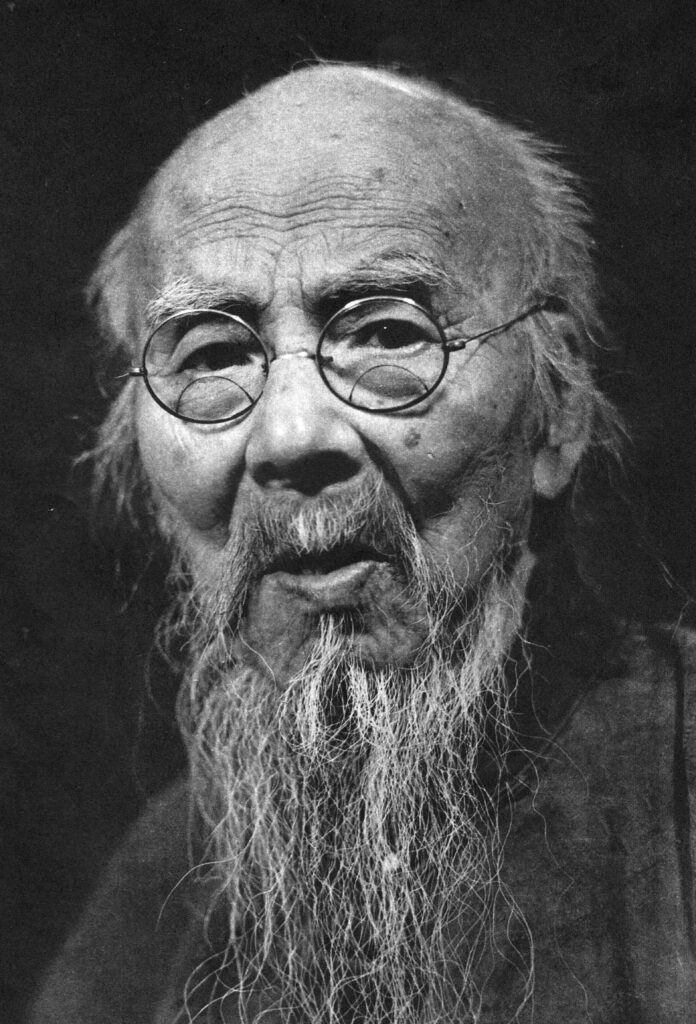Qi Baishi – a name that has become a legend in the world of painting, with simple yet vibrant brushstrokes that even made Picasso wary. If you are seeking inspiration from an artist who overcame poverty to reach the pinnacle of success, Qi Baishi’s journey is the answer. Born in 1864 in China, he not only painted artworks but also captured the soul of the nation through flowers, birds, fish, and landscapes. This article will guide you through Qi Baishi’s biography, unique style, and great legacy, helping you not only understand but also apply his essence to your personal creativity.
Qi Baishi’s Biography: A Journey from a Poor Farmer to a Great Artist
Qi Baishi’s biography is a vivid testament to the power of perseverance, from a peasant boy in Hunan to a global icon of painting. His real name was Qi Chunchi (齐纯芝), born on January 1, 1864, in Xingdou Village, Xiangtan County, Hunan Province, China – in a poor family where he had to labor from a young age.
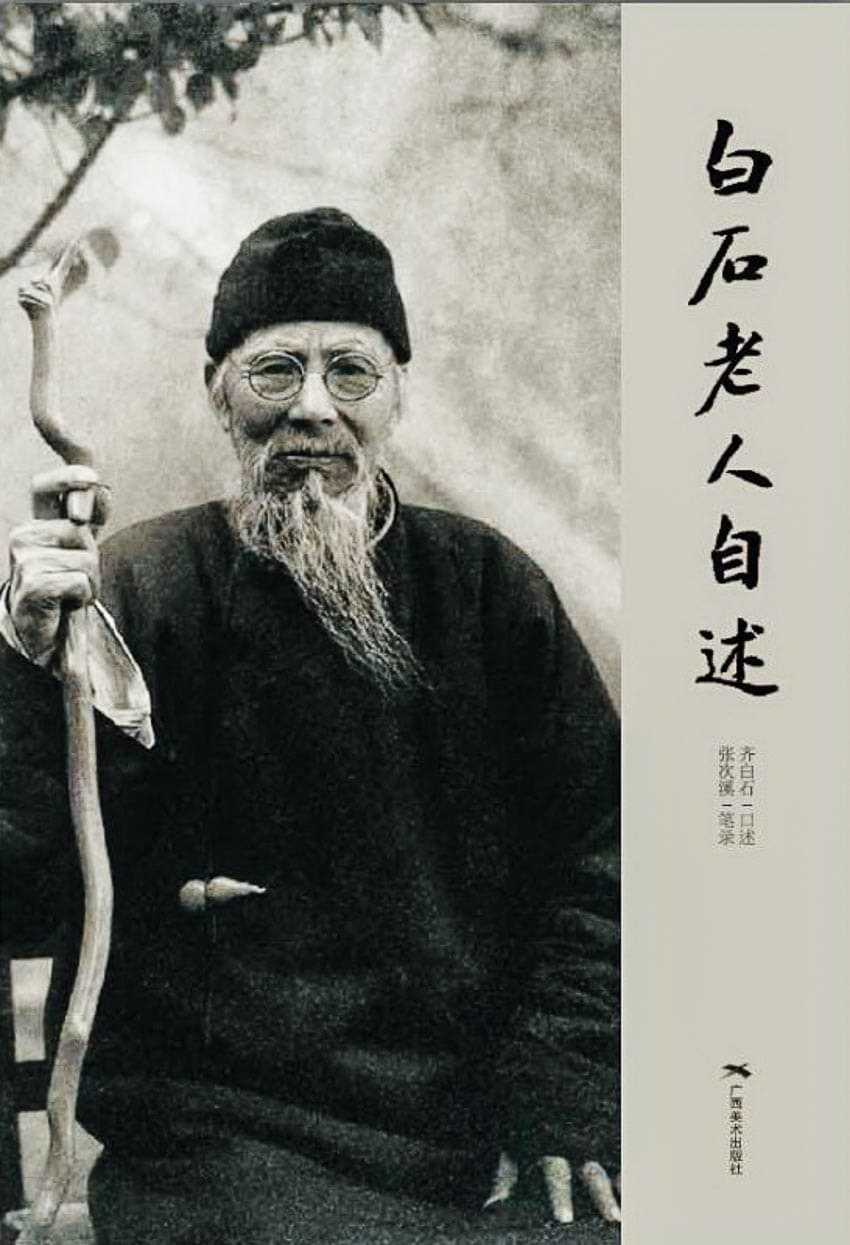
Early Years and the Beginning of Art
From a young age, Qi Baishi showed talent in woodcarving and self-taught drawing. At the age of 27 (1891), he formally studied painting under teacher Hu Shenyuan, adopting the name Baishi (inspired by the Baishi Mountain in his hometown). His impoverished circumstances forced him to work as a carpenter and woodcarver to make a living, but those years honed his keen observation of nature.
- 1891-1902: Apprenticeship Period: He traveled across China, visiting Huashan, Lushan, and Guilin, drawing inspiration from real landscapes – a foundation for his later works.
- 1902-1917: The “Five Departures and Returns” Journey: During five long journeys, he painted hundreds of landscapes, documented in “Borrowed Mountain Sketches” – a valuable notebook.
- 1917: Settling in Beijing: Moving to Beijing, he connected with the art community and shifted his style from meticulous to free-spirited, influenced by advice from Chen Shizeng.
Qi Baishi’s biography also includes a visit to Vietnam in 1907, passing through Dongxing – Mong Cai, where he painted a banana garden in “Banana Hut” – a work evoking memories of the Vietnam-China border.
Challenges and Turning Points in Later Life
Despite frail health (having a disability from childhood), Qi Baishi lived to 93, surviving two wars and the Cultural Revolution. He stayed away from politics, focusing on creation, and in 1949 was appointed Honorary Professor at the Beijing Academy of Fine Arts. In 1953, he became Chairman of the Chinese Artists Association, and in 1955, he received an award from the World Peace Council.
Through Qi Baishi’s biography, we see an artist who never stopped learning: from self-study to travels, from poverty to glory, leaving behind over 20,000 works.
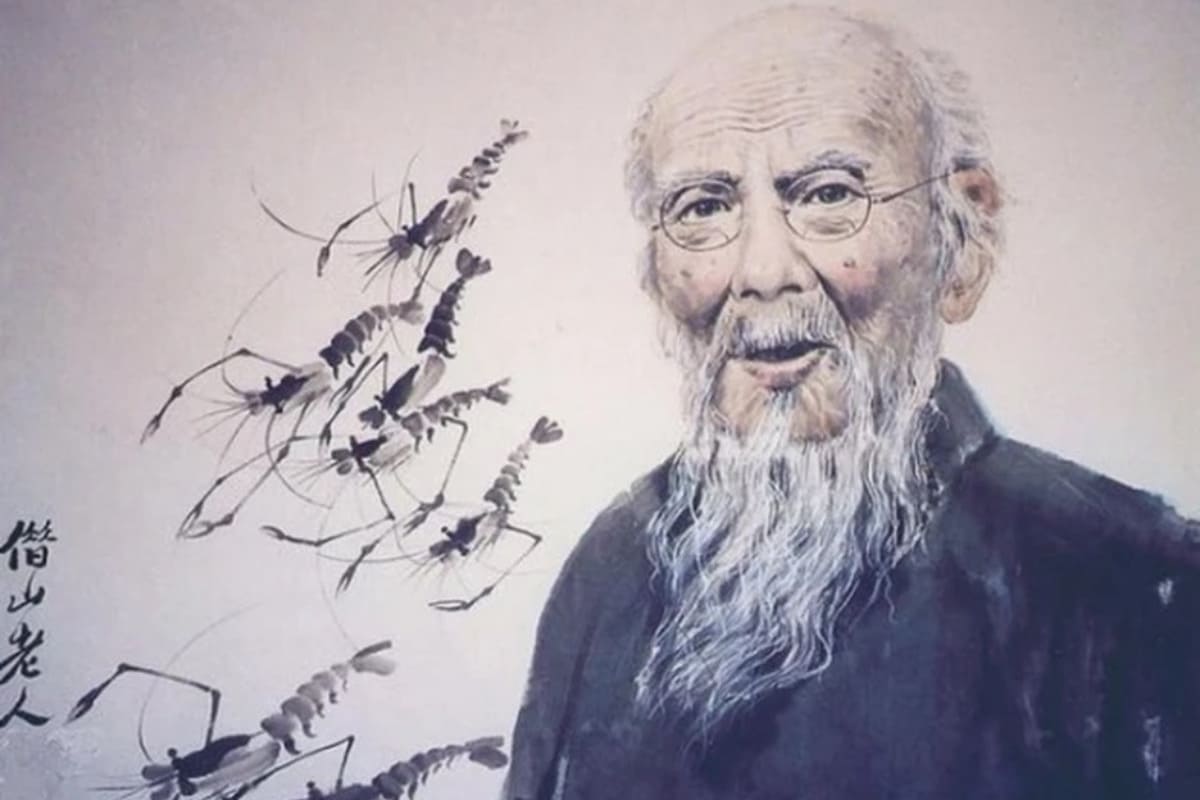
Qi Baishi’s Artistic Style: Simple, Free-Spirited, and Full of Vitality
Qi Baishi’s artistic style is likened to a “summer rain” – bright, free, blending Chinese tradition with a modern spirit. He followed the principle of “like yet unlike, unlike yet like,” creating paintings that are both realistic and abstract, full of spontaneity.
Distinctive Features of His Painting Style
Qi Baishi’s artistic style is distinguished by its expressive brushwork (free-spirited), moving away from the meticulous style of his youth. He loved rural life, painting flowers, birds, shrimp, and fish with simple yet lively strokes.
- Rustic Brushstrokes: Just a few curved lines to depict a swimming shrimp, showcasing his deep observation – he raised shrimp to “understand” them.
- Vivid Colors: Using bright watercolors and warm tones like red and yellow, creating a joyful, optimistic feel.
- Harmonious Composition: Natural arrangements, utilizing negative space to “breathe,” combined with calligraphy and seal carving – he personally carved hundreds of unique seals.
From 1917, under the influence of Xu Beihong, Qi Baishi’s artistic style shifted toward modernity while retaining its folk essence, prompting Picasso to remark, “I dare not go to China because of Qi Baishi.”
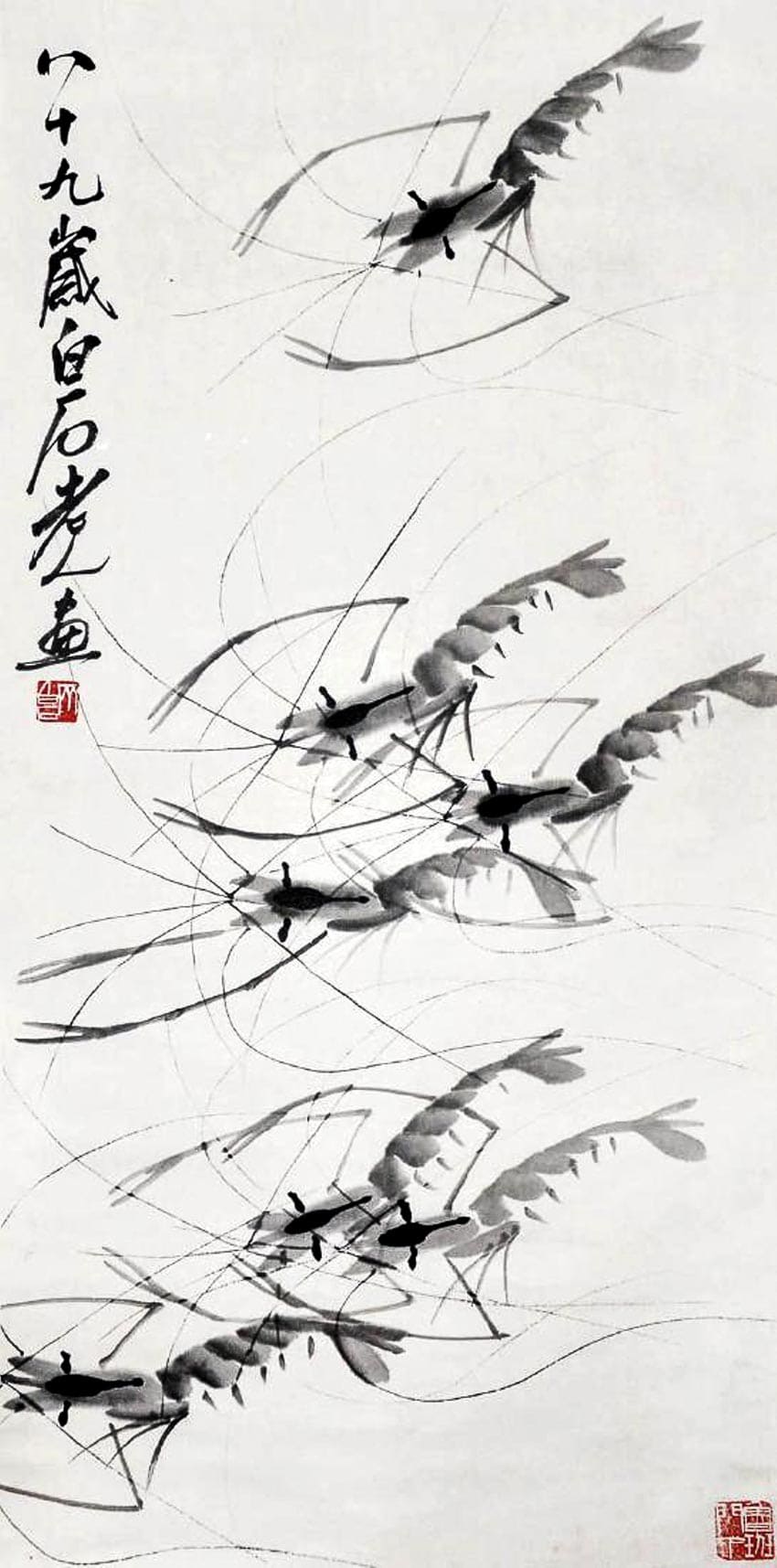
Influence of His Style on Modern Painting
Qi Baishi’s artistic style has inspired generations, from China to the international stage. He unified painting, calligraphy, and seal carving, influencing artists like Xu Beihong. In the context of East Asian art, his style serves as a reminder: Simplicity is strength, allowing paintings to “live” through time.
Qi Baishi’s Legacy: Glorious Achievements and an Immortal Artistic Treasure
Qi Baishi’s legacy is not only his paintings but also a cultural symbol, with over 20,000 artworks, thousands of poems, calligraphy pieces, and seal carvings. He passed away on September 16, 1957, in Beijing, but his legacy endures through record-breaking auctions.
Notable Achievements in His Career
Qi Baishi’s legacy is globally recognized: In 2009, ArtPrice ranked him third worldwide in art auction revenue, after Warhol and Picasso. His awards include:
- 1949: Honorary Professor at the Beijing Academy of Fine Arts.
- 1953: Chairman of the Chinese Artists Association.
- 1955: World Peace Council Award.
- 1957: Title of People’s Artist of China.
His highest-selling painting, “Twelve Landscape Screens,” fetched 140.8 million USD in 2017, proving its timeless value.
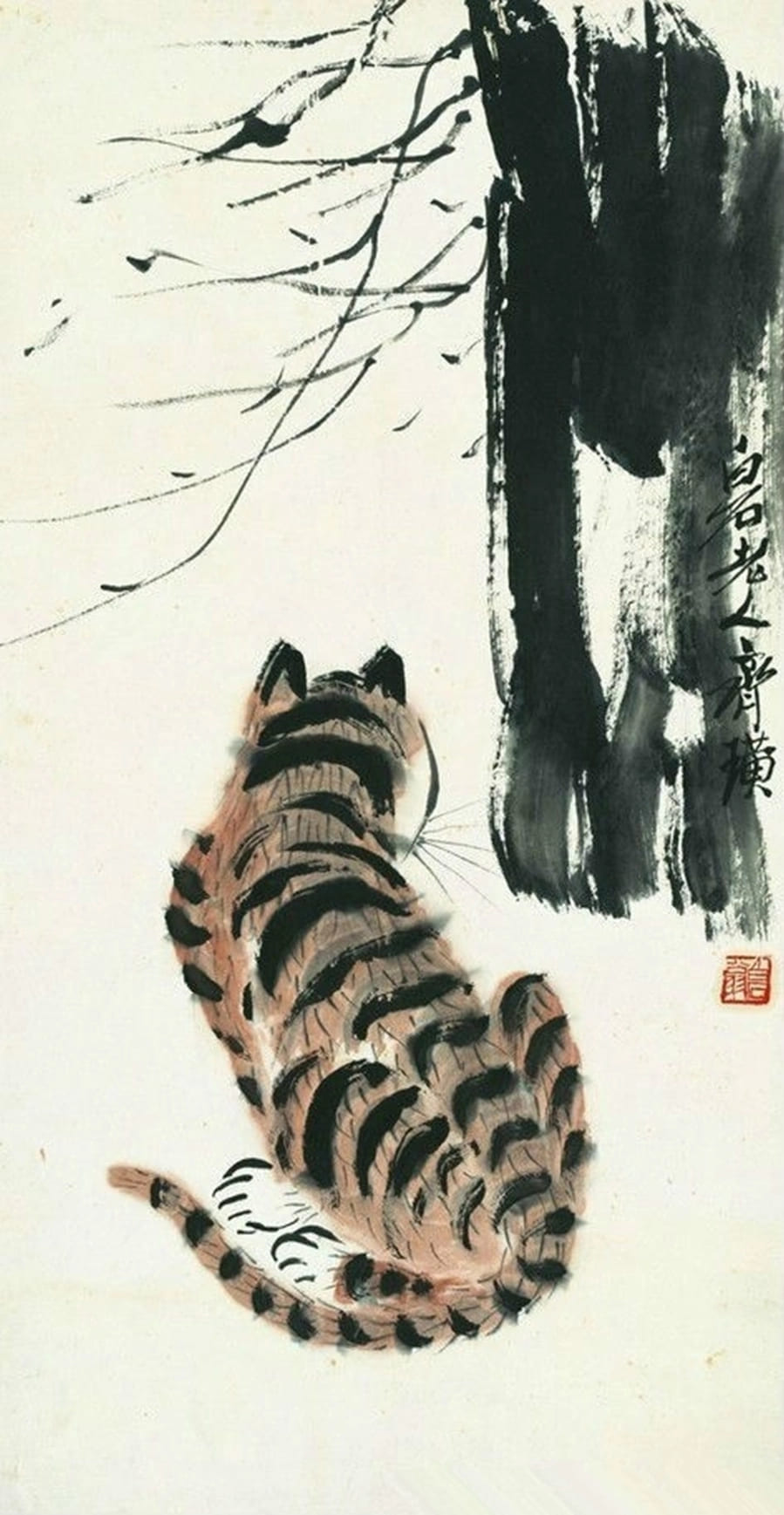
A Diverse Treasure of Legacy
Qi Baishi’s legacy includes:
- Painting: Over 20,000 works, from landscapes to flowers and birds, embodying the philosophy of “painting between reality and illusion.”
- Calligraphy: Thousands of pieces in ancient running script, inspired by Qin-Han stone inscriptions.
- Poetry: Reflections on nature and life, often inscribed on his paintings.
- Seal Carving: Hundreds of intricately carved seals, creating a unique style.
Qi Baishi’s legacy is not only a treasure but also a source of inspiration, influencing modern Chinese and global art.
Qi Baishi’s Artworks: Masterpieces That Cemented His Eternal Legacy
Qi Baishi’s notable works are diverse, from his “king of shrimp” paintings to majestic landscapes, each bearing his personal mark – simple yet profound.
Qi Baishi’s Shrimp Paintings: A Vibrant Symbol of Nature
Qi Baishi’s shrimp paintings are his “trademark,” with brushstrokes that blend reality and illusion, soft yet firm. He observed live shrimp to paint, creating the illusion of them swimming on paper.
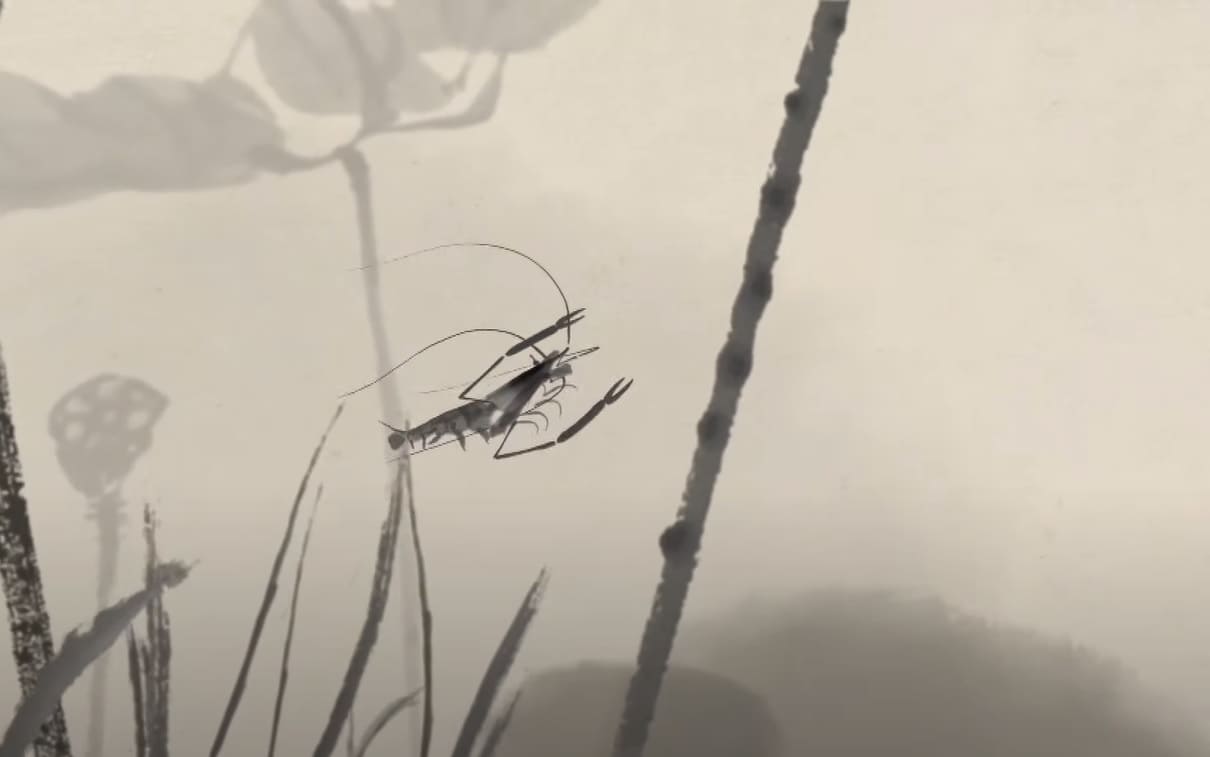
- “Playful Shrimp” (1948): A group of shrimp frolicking, preserved at the Hunan Museum, showcasing vibrant vitality.
- “Joyful Shrimp”: Continuous and broken lines, transparent like water, reflecting a joyful inner spirit.
- Characteristics: A few curved strokes for the body, larvae, and whiskers – “like yet unlike” to avoid “flattering reality.”
Qi Baishi’s shrimp paintings are not only beautiful but also philosophical: free and spontaneous, like life itself.
Qi Baishi’s Lotus Paintings: A Symbol of Nobility and Purity
Qi Baishi’s lotus paintings embody an ethereal beauty, with vibrant green leaves and blooming flowers, symbolizing nobility rising above the mud.
- Painting Style: Free-spirited strokes, light colors enhancing bold ones, and negative space creating a meditative atmosphere.
- Meaning: The lotus represents Buddhist philosophy – purity from its roots, reflecting his life overcoming hardships.
- Example: Simple lotus paintings, often paired with calligraphy, frequently fetch high prices at auctions.
Qi Baishi’s lotus paintings remind us: Beauty lies in inner purity.
Qi Baishi’s Twelve Landscape Screens: The Most Valuable Landscape Masterpiece
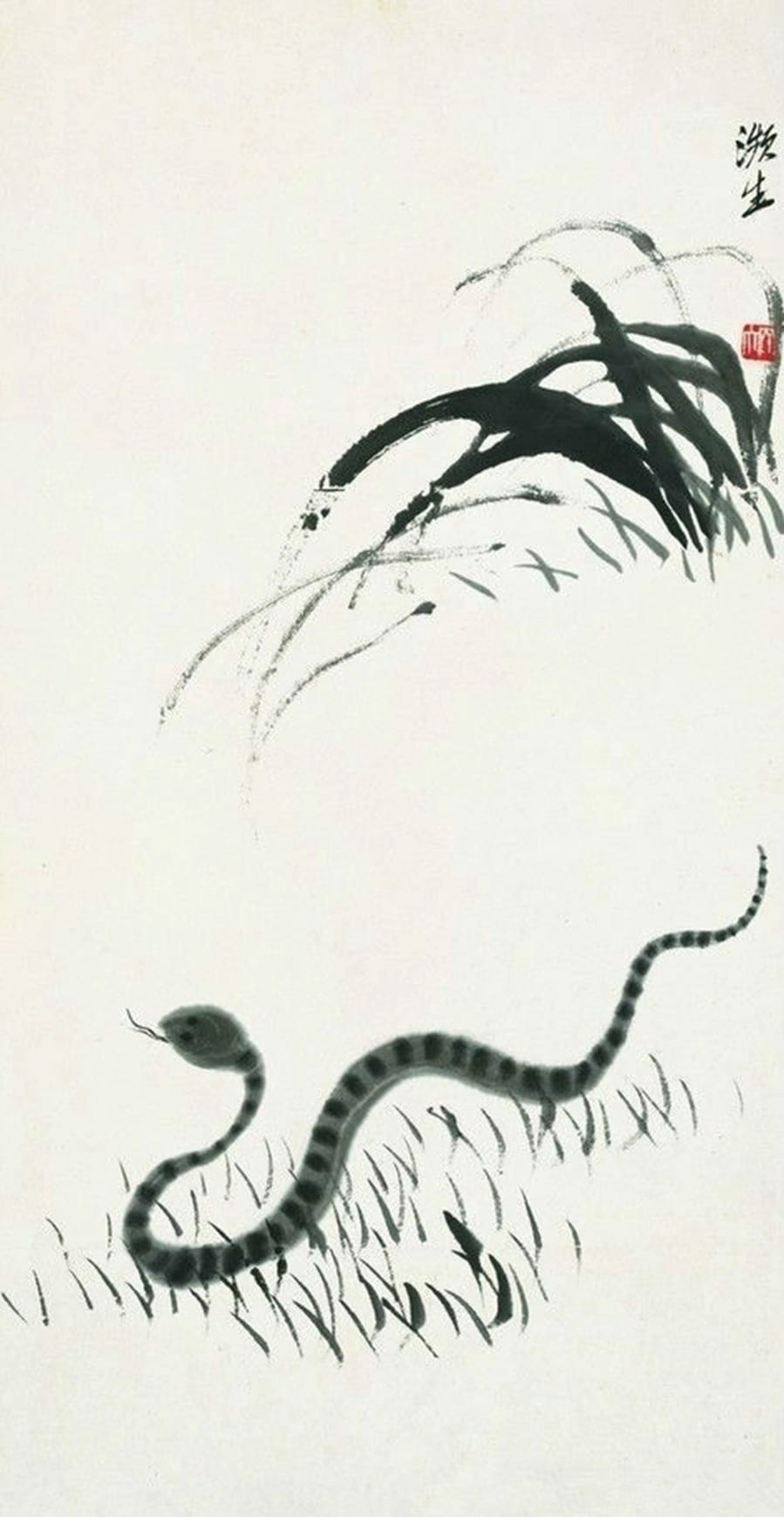
Qi Baishi’s Twelve Landscape Screens (1925) is a set of 12 paintings depicting scenes from Hunan and Guilin, measuring 180×47 cm, created with ink on rice paper, accompanied by calligraphic poetry.
- Content: Majestic mountains, flowing rivers, and ripened rice fields – inspired by real-life travels.
- Value: Sold for 140.8 million USD in 2017, a Chinese record, marking a shift in his artistic style.
- Meaning: Harmony between humanity and nature, conveying love for the homeland.
Qi Baishi’s Twelve Landscape Screens is a pinnacle, crystallizing observation and creativity.
Other Notable Works
In addition, Qi Baishi’s notable works include:
- “Banana Hut” (1910): A Vietnamese banana garden, sold for 14 million USD in 2011.
- Bird and Animal Paintings: Vivid and spontaneous, such as “Fire Phoenix.”
- Vegetable and Fruit Paintings: Simple, reflecting rural life.
Through Qi Baishi’s notable works, we see a versatile artist who transformed the ordinary into the immortal.
Qi Baishi’s Influence on Global Art: A Legacy Beyond Borders
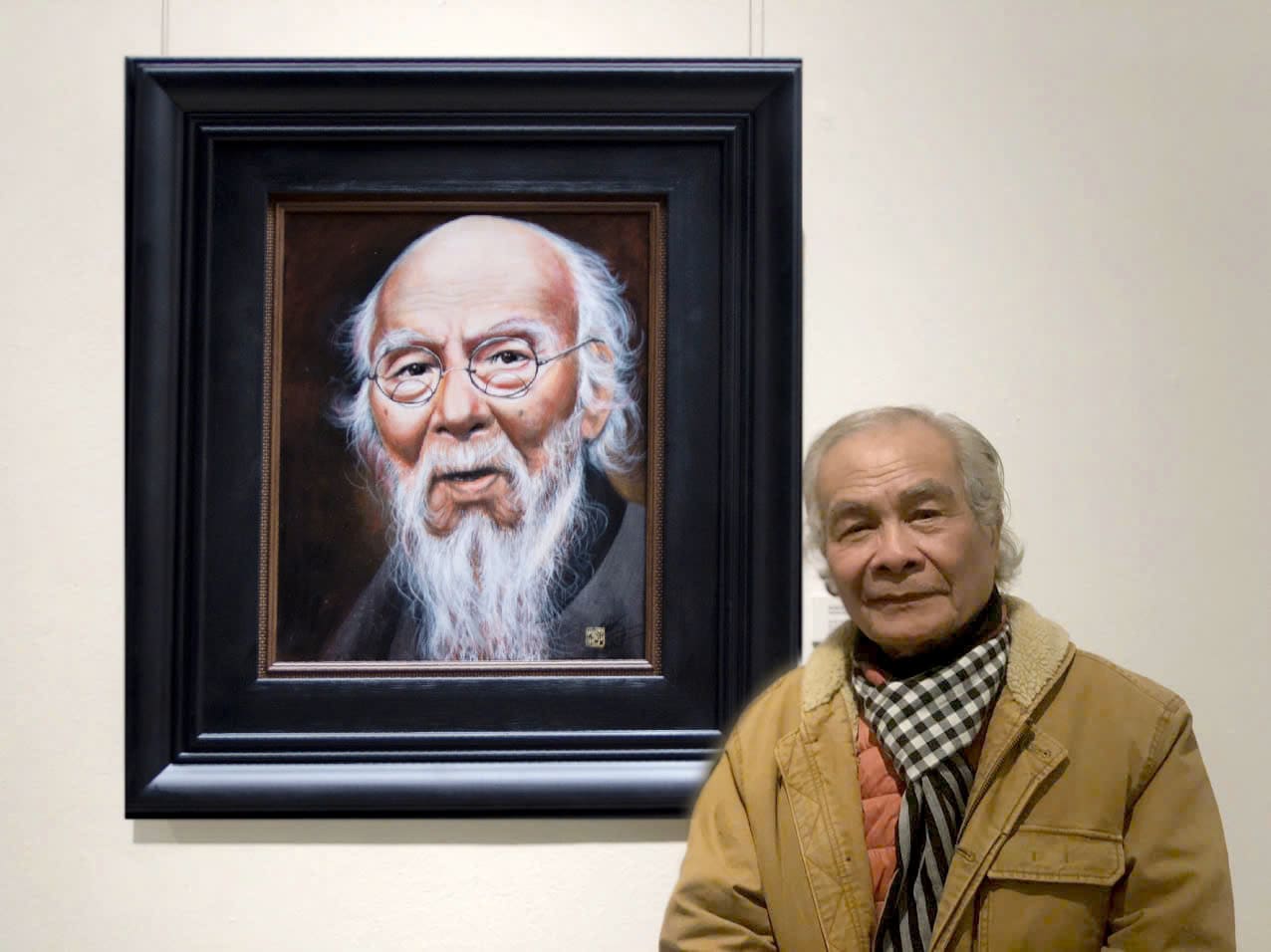
Qi Baishi’s influence spans globally, from Asia to the West, inspiring modern artists. He is not only the “greatest Eastern artist” according to Picasso but also shaped contemporary Chinese painting.
- In China: Influenced Xu Beihong, with young artists adopting his free-spirited brushwork.
- Internationally: His paintings are displayed at the Metropolitan Museum (New York) and sell strongly at Sotheby’s.
- In Vietnam: Border memories through “Banana Hut,” influencing East Asian aesthetics.
Qi Baishi’s legacy reminds us: Authentic art conquers the world.
Concluding the journey, Qi Baishi is not only a master painter but also a poem of perseverance and creativity. If you love painting, try creating in his style – you will find vitality in simple brushstrokes!

